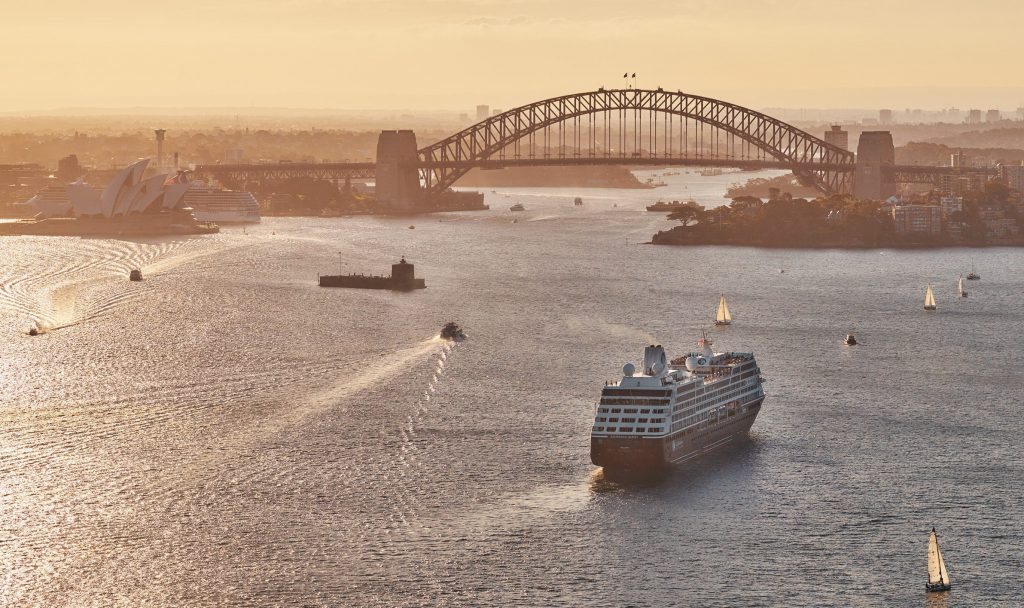Azamara Wants Cruise Passengers to Get More out of Land

Skift Take
Azamara's focus on the shore is serving the company well, but at some point its 17-year-old ships will be ready to retire. What does the future hold for this brand, especially as travel companies around the globe try to deliver authentic local experiences?
Azamara Club Cruises, the tiny high-end line with a big focus on land, is finding new ways to deliver experiences on the ground.
The brand is planning country-intensive cruises, more exclusive, curated activities in port, and more voyages built around major sports and entertainment events.
Azamara president and CEO Larry Pimentel announced the initiative at a recent press event in New York City, calling it a brand positioning evolution 18 months in the making.
"We have found out that authentic, localized travel which is exclusive is one of the very hot buttons that turn people on about going to a destination," Pimentel said. "The more we can connect people to people and to culture in a deeper, more ingrained way, the more the clients want to be with us."
As part of the renewed focus, the line rolled out a new mantra: "Stay longer. Experience more."
